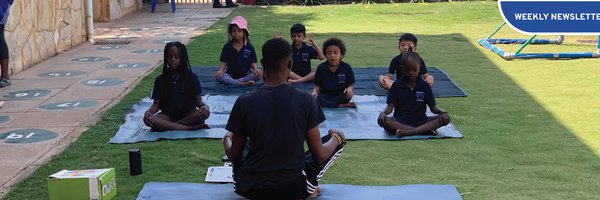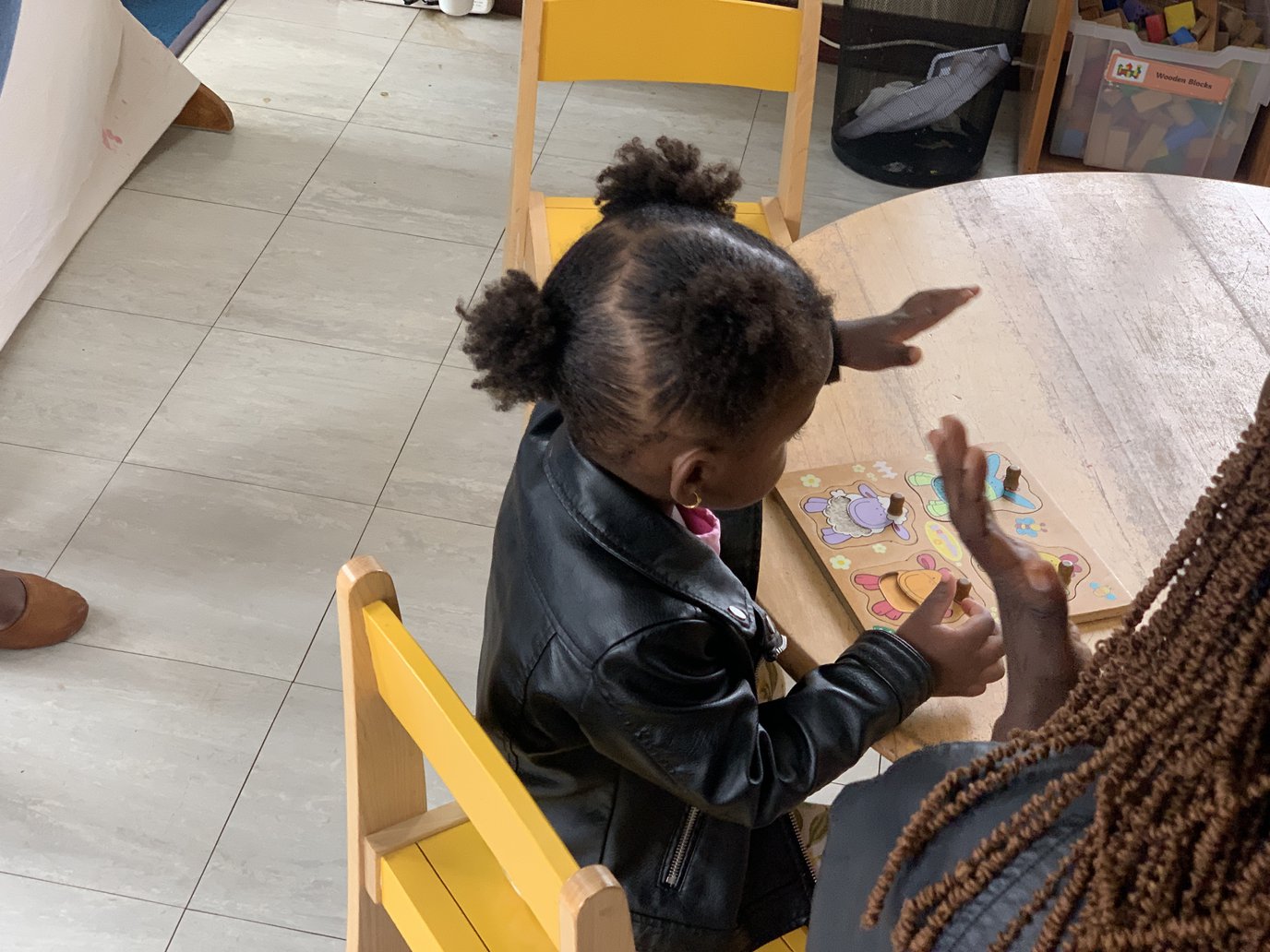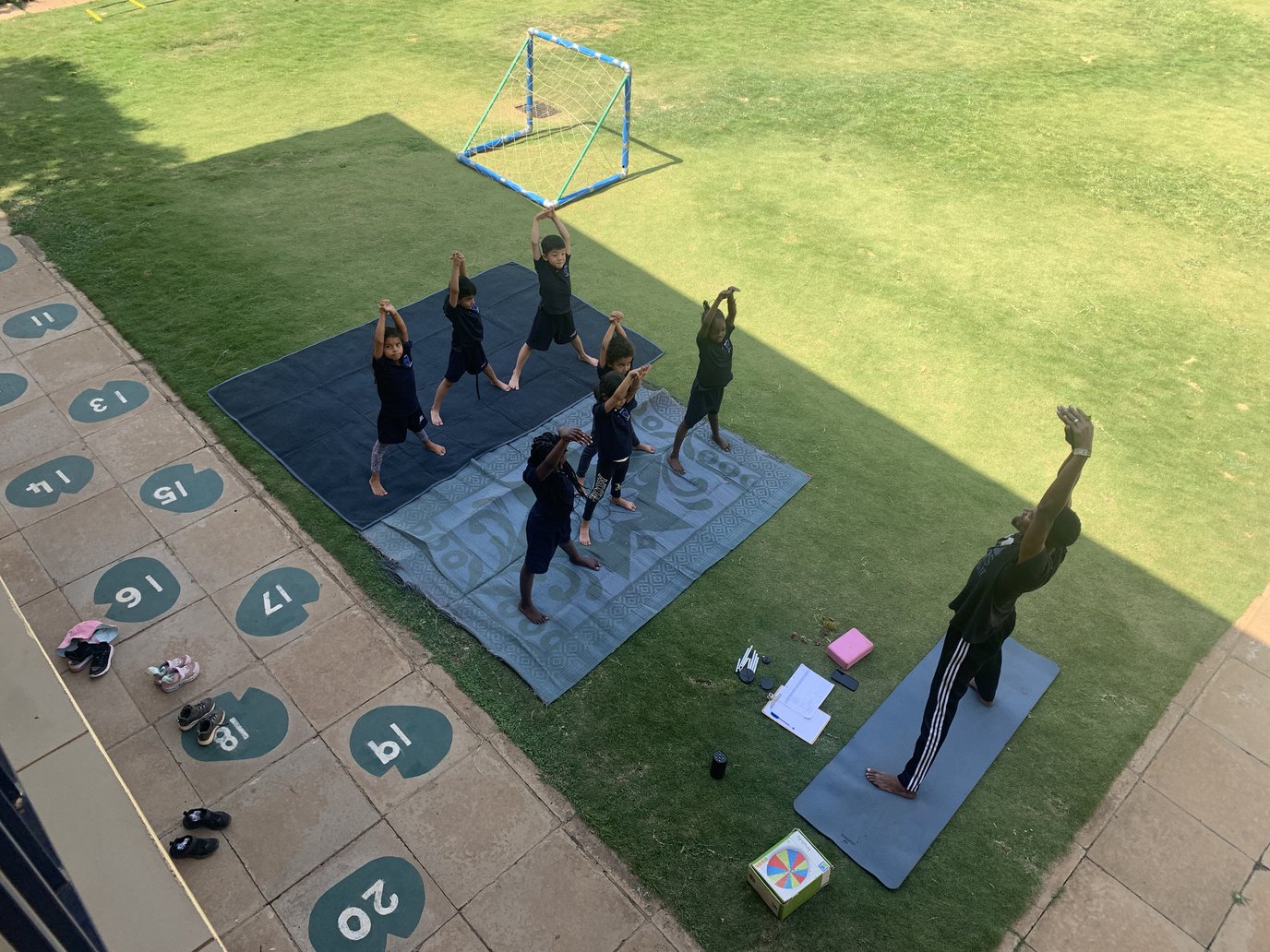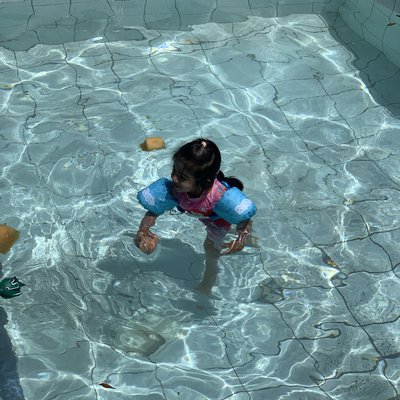
Fostering Independent Learning in Early Years

16th November 2023
In 1955, Dr. Seuss penned the memorable lines, "A person’s a person, no matter how small," in his classic "Horton Hears a Who."
Drawing inspiration from this sentiment, we recognise that every child in our early years settings is a unique individual, brimming with the potential to grow, learn, and evolve into an independent lifelong learner, regardless of age or size.

The question that naturally arises is: How can we best nurture and support these young learners to realise their full potential?
The educational environment, which is the 'third educator,' plays a pivotal role in shaping children's independent learning experiences.
It serves as a vital space where learning continues even in the absence of direct adult supervision.
Therefore, a thoughtful examination of the environment is crucial when contemplating strategies for fostering independent learning.

As we set up our learning spaces, we consider these factors:
- How does the environment facilitate independent learning? Does it offer a diverse array of developmentally appropriate resources, empowering children to make choices in their play and learning?
- Are there varied spaces, both open and spacious and enclosed and small, allowing for different types of engagements?
- As children progress, how does our provision encourage them to independently navigate more complex experiences?
- How do our words contribute to their independent learning? Research indicates that while praise may generate a desire to please adults, encouragement provides valuable feedback and promotes independence.


Children possess a collection of learning tools, with observation and rising to challenges being among them.
We recognise how children watch and learn from each other, they usually copy actions they've witnessed. Cultivating an environment where learning is a shared experience, not only fosters independence but also strengthens the sense of community among the children.
Instilling a love for independent learning is not merely an instinct but a skill that children develop through the collective influence of adults, peers, and the learning environment. By cultivating thoughtful practices and environments, we pave the way for each child to reach their potential, regardless of being 'little'.
Article By Ms Fiona Kombe








